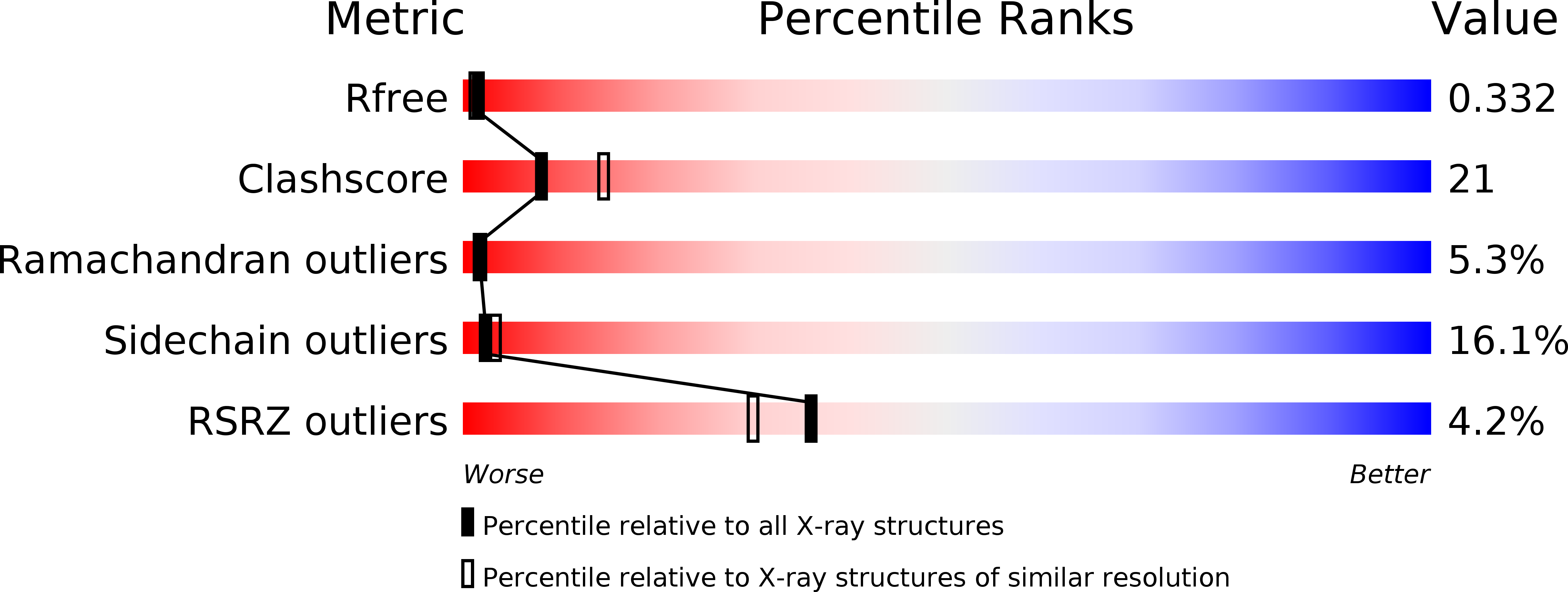
Deposition Date
2009-12-06
Release Date
2010-03-16
Last Version Date
2024-10-16
Method Details:
Experimental Method:
Resolution:
2.62 Å
R-Value Free:
0.33
R-Value Work:
0.25
R-Value Observed:
0.26
Space Group:
P 1


